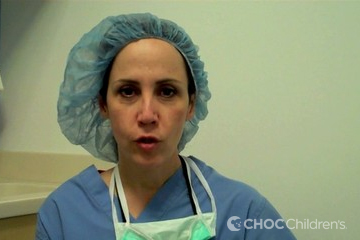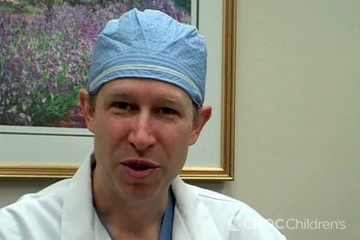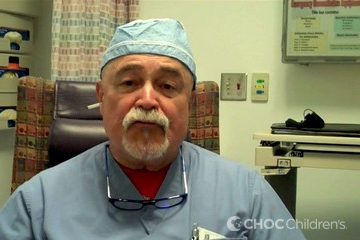Frequently Asked Questions about Surgery
Ask a CHOC Doc: Common Questions about Surgery
Our surgeons answer questions including: What will my child feel like after surgery? Can my child eat or drink before surgery? Can I be with my child after surgery? Will my child be sedated? How do I lessen my child’s fears? Get answers to these questions and more.









